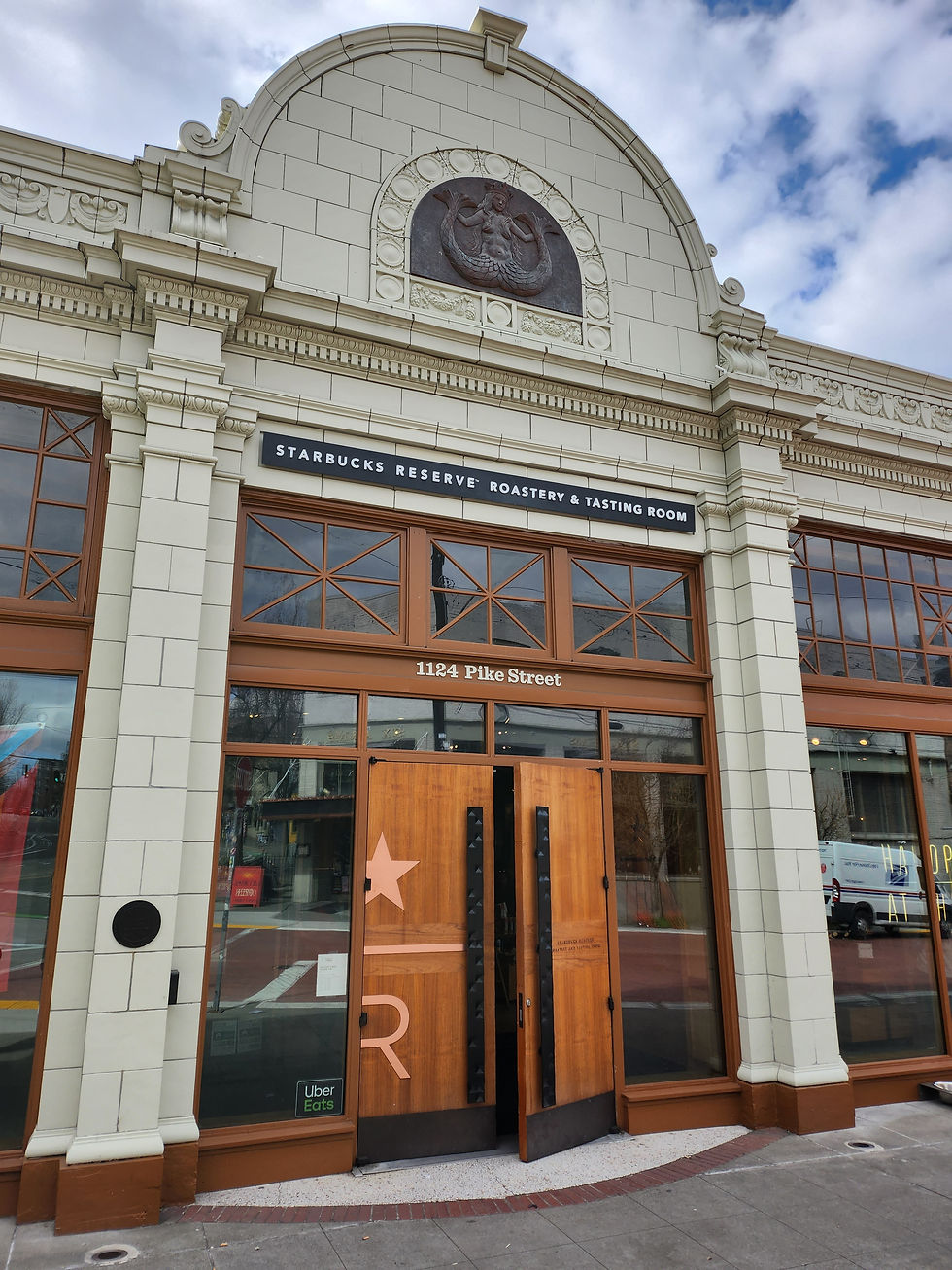Mont-Saint-Michel: A Timeless Beacon of Resistance and Resilience
- Paul Cho
- Aug 31, 2024
- 3 min read

Seeing the Abbey of Mont-Saint-Michel from afar was one of the most unforgettable experiences of my life. As we drove towards it, the massive and majestically uniform structure—standing on its rocky island completely surrounded by the sea—made Esther and me fall into a deep state of wonder.
The history of Mont-Saint-Michel dates back to 708 when Bishop Aubert had a vision of the Archangel Michael instructing him to build a sanctuary on the island then known as Mont-Tombe. The sanctuary's construction spanned centuries. Deep beneath the abbey's main level lies the church of Notre-Dame-Sous-Terre, a pre-Romanesque structure from the 10th century. Above this, builders erected the Romanesque church called the Choir, which unfortunately collapsed in the 15th century. In its place, they constructed the Gothic choir that stands today.
Mont-Saint-Michel is also a place of deep meanings. In 966, it became home to Benedictine monks, and since then, the Abbey has been an essential pilgrimage site throughout Western history. During the Hundred Years' War, despite numerous regional conflicts, the abbey remained unconquered. It stayed resilient against the powerful attacks of many—the strength of which is revealed in the construction of the powerful ramparts surrounded by the constant ebb and flow of the strong tides. Emerging victorious against all attacks, the Abbey became a powerful symbol of resistance and triumph for the Kingdom of France.
Today, the Abbey attracts diverse crowds from around the globe: pilgrims seeking deeper truths in their lives, politicians drawing inspiration to lead their countries to a better future, and tourists marveling at its beauty. As I wandered through the Abbey and stood on its ramparts, I gazed out over the foreshores—an area known for its relentless tides with ranges exceeding 15 meters. I tried to imagine the awe-inspiring sight as the water ebbed that greeted pilgrims after their grueling journey of hundreds or even thousands of miles to reach this sacred destination.
The imagination took me to the Biblical world of Exodus, where the people walked right through the miraculously and majestically separated sea with a deep longing and hope for the Promised Land. Then, I looked above, and there on the very top of the abbey stood victoriously a figure in gold: Saint Michael. The whole scene reminded me of the world we live in—a world of stories that reveal what our world is meant to be, and what our world someday will be in light of the break-in of the redemptive story that is unfolding now in the realm of "now and not yet" times.

There, as I watched people coming from all over the world to be inspired by the scene and the stories—told through centuries of history—that are bigger and larger than themselves, it made me reflect on the true story of the universe that firmly holds our world, embedded in ages of timeless truths revealed and experienced through the tapestry of faiths and works, interwoven into the very vocations of our lives, as we make our pilgrimage in the world of now, while waiting and paving the way for the return of the king.
That evening, watching the Abbey at sunset, I longed and prayed that the journey of our faith would be deeply and firmly rooted in the rock of true timeless story, the story that is larger and bigger than ourselves, and that vocations of our lives be ordered by it, though imperfect it is, until the day of redemption of creation, the day of heavenly victory, which Saint Michael tells the world of at the top of the Abbey, reigning on our earth, our home.







Comments